No products in the cart.
NEWS
Propagate Vegetables from Cuttings: Your Guide to Endless Harvests
Imagine being able to multiply your favorite, most prolific vegetable plants without buying new seeds or seedlings. Taking simple cuttings from a healthy plant and encouraging them to root is a fantastic way to get more value from your garden and ensure you can grow the varieties you love year after year. This technique, known as propagation, isn’t just for flowers or shrubs; many common vegetables are surprisingly easy to propagate this way, offering significant benefits for the home gardener.
One of the most compelling reasons to grow vegetables from plant cuttings is the potential cost savings. Seeds and transplants can add up, especially when planning for a large garden. With cuttings, you’re using existing plant material, requiring only basic supplies like a sharp tool, a container, and a rooting medium. It’s essentially free to create brand new plants, making your gardening more economical and sustainable.
Beyond saving money, propagating from cuttings allows you to clone your absolute best performers. If you have a tomato plant that produced an exceptional yield, a pepper plant with perfect fruit, or a cucumber vine that resisted pests, taking a cutting ensures the new plant will inherit those exact desirable traits. While saving seeds is another valuable propagation method, the resulting plants may not always be true to the parent variety due to cross-pollination or genetic variation. Cuttings bypass this uncertainty, giving you a genetic duplicate of your champion plant.
In addition to traditional stem cuttings, some vegetables can even be regrown from kitchen scraps. Bases of vegetables like celery or lettuce, often discarded, can be easily coaxed into producing new roots and leaves, offering a fun and simple way to extend your harvest and minimize waste.
 Group of happy gardeners working together, symbolizing community and growth in propagation.
Group of happy gardeners working together, symbolizing community and growth in propagation.
Why Propagate Vegetables from Cuttings?
Embracing vegetable propagation through cuttings offers a wealth of advantages for any gardener, from beginner to expert. As [Fictional Expert Name], a seasoned horticulturist with Biogarden.Asia, often emphasizes, “Propagating your own vegetables from cuttings is gardening empowerment at its finest. It’s low-cost, highly rewarding, and puts the power of plant multiplication directly in your hands.”
The primary benefits include:
- Significant Cost Reduction: Eliminate the recurring expense of purchasing seeds or nursery starts each season.
- Preserving Desirable Traits: Create genetically identical copies (clones) of your most vigorous, productive, or flavorful plants. This ensures consistent quality and performance.
- Extending the Growing Season: Start new plants indoors from cuttings taken late in the season to get a jump start next spring, or even attempt to overwinter tender varieties.
- Faster Maturity: Cuttings often develop into mature, fruit-producing plants more quickly than those grown from seed.
- Reducing Waste: Utilize parts of plants that might otherwise be composted or discarded, especially when regrowing from kitchen scraps.
- Increased Abundance: Easily produce multiple plants from a single parent, leading to a more bountiful harvest.
Step-by-Step Guide to Rooting Vegetable Cuttings
The basic technique for rooting most vegetable cuttings is straightforward and follows similar principles to propagating ornamental plants. While specific needs might vary slightly between species, these core steps provide a solid foundation:
- Select Healthy Parent Material: Choose a vigorous, disease-free section from a mature plant. Avoid weak or stressed stems.
- Make a Clean Cut: Using sharp, clean pruning shears or a knife, snip off a piece of stem. Aim for a length of about 4 to 6 inches (10 to 15 cm). Making the cut just below a node (where a leaf or branch grows from the stem) is often recommended, as nodes contain growth hormones that aid rooting.
- Prepare the Cutting: Remove the leaves from the lower half of the stem. This prevents them from rotting when in the rooting medium and helps the cutting focus energy on root development rather than supporting foliage. Leave just one or two sets of leaves at the top.
- Consider a Rooting Aid: While not always strictly necessary, dipping the cut end into a rooting hormone or using other effective rooting aids can significantly speed up root formation and increase the success rate, particularly for more challenging species. Look for high-quality rooting products suitable for vegetables.
- Insert into Rooting Medium: Place the prepared cutting into a moist, well-draining potting mix or soilless seed starting mix. Ensure the lower nodes are buried in the medium. Alternatively, many vegetable cuttings root readily in a container of clean water; simply suspend the cut end in the water, ensuring no leaves are submerged.
- Provide Ideal Conditions: Keep the rooting medium consistently moist (but not waterlogged) and place the cuttings in a warm location with bright, indirect light. High humidity helps prevent wilting; covering the container loosely with a plastic bag or dome can create a mini-greenhouse effect.
- Monitor and Care: Check the moisture levels regularly. If rooting in water, change the water every few days. You can often check for roots by gently tugging on the cutting after a week or two (for soil) or observing root growth directly (for water).
- Transplant When Ready: Once the cutting has developed a healthy root system, typically at least an inch or more of roots, it’s ready to be moved to a larger pot or planted outdoors.
- Harden Off (for outdoor planting): If moving cuttings started indoors to the outdoor garden, gradually acclimate them to outdoor conditions over a week or two. Start by placing them outside for a few hours each day in a sheltered spot, increasing the time and exposure to direct sunlight daily until they are ready to be planted full-time.
Following these steps increases your chances of successfully propagating a variety of vegetables, paving the way for continuous harvests.
Top Vegetables Easy to Propagate from Cuttings
Ready to try your hand at vegetable propagation? Many popular garden staples readily root from cuttings, offering a simple way to expand your garden or preserve favorite plants. Here are some excellent candidates to start with:
Tomatoes
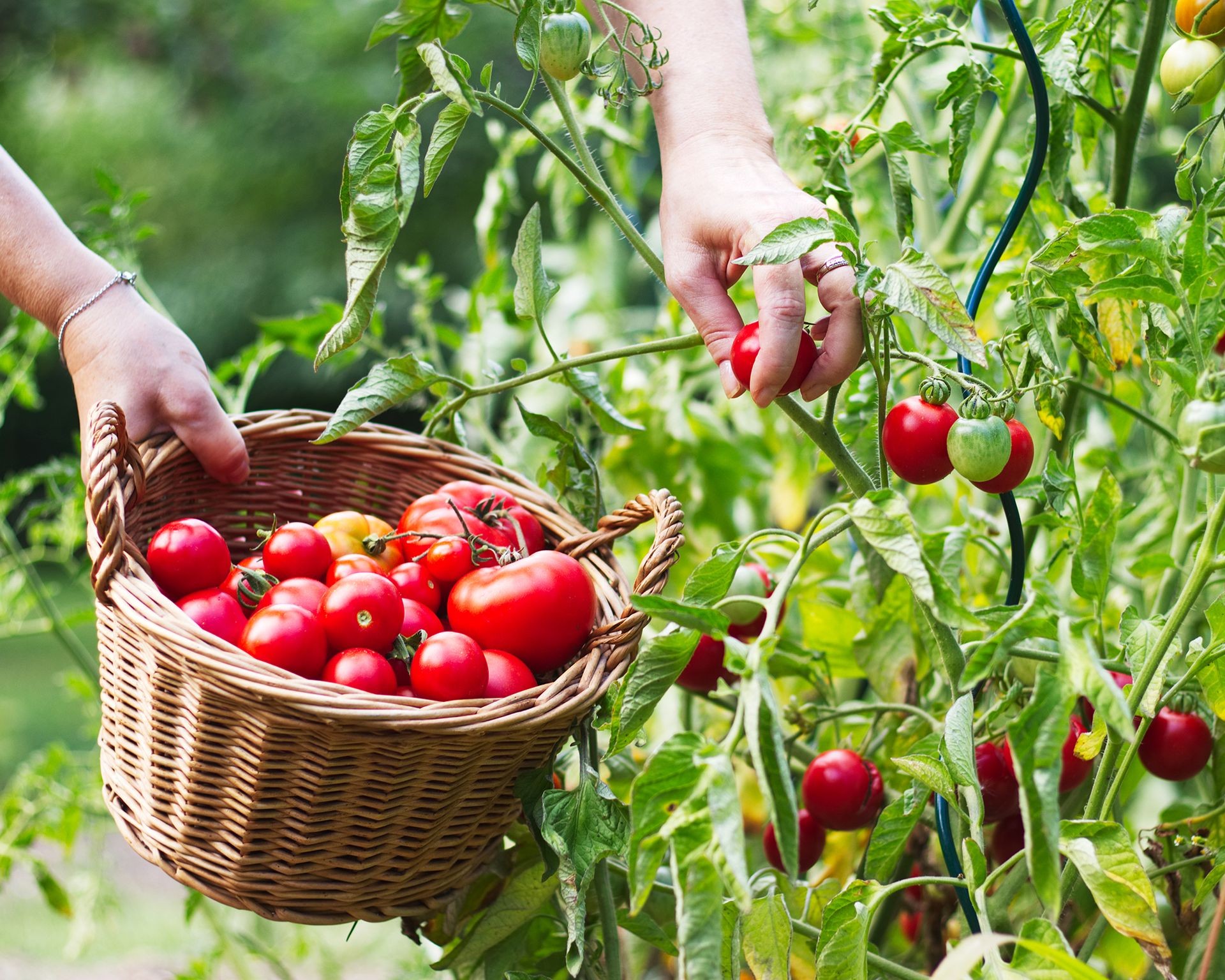 Close-up of hand harvesting ripe red tomatoes from a vine, highlighting the success of growing.
Close-up of hand harvesting ripe red tomatoes from a vine, highlighting the success of growing.
Tomato plants are notoriously easy to root from cuttings, particularly from the side shoots (suckers) that grow between the main stem and branches. Pinching off these suckers is a common pruning practice, and these removed pieces make perfect cuttings. Early summer, when plants are actively growing and producing suckers, is an ideal time. You can root tomato cuttings quickly in water, watching the roots develop over a few days before transferring them to soil. This method is great for getting a second wave of fruit later in the season or for taking your favorite variety indoors to try overwintering.
Peppers
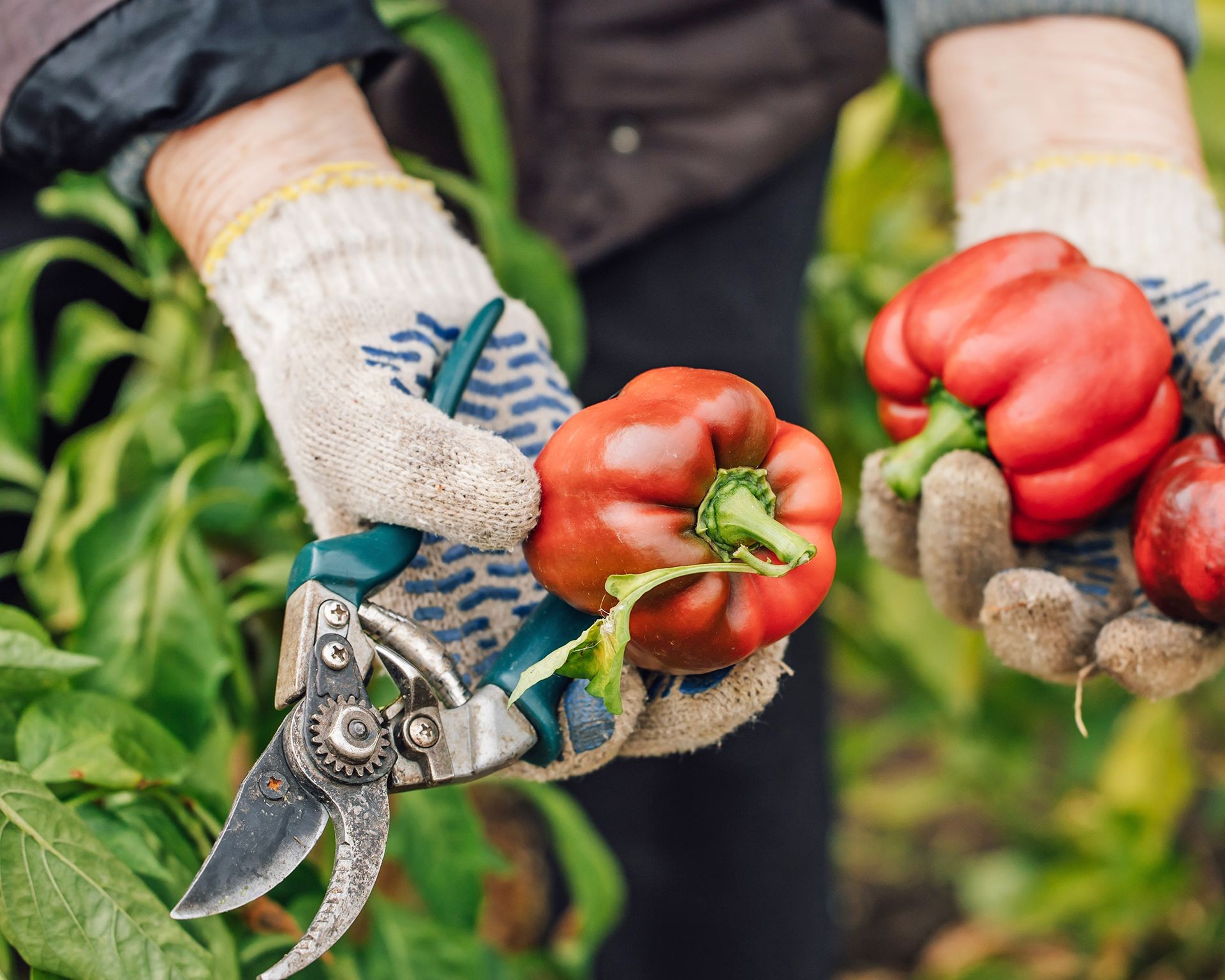 Hand using pruners to cut vibrant red peppers from a plant, demonstrating the yield from propagation.
Hand using pruners to cut vibrant red peppers from a plant, demonstrating the yield from propagation.
Peppers, both sweet and hot varieties, also propagate well from stem cuttings. Select a healthy, non-flowering stem section. Removing any flower buds or developing fruits is crucial, as the cutting needs to direct all its energy towards establishing a root system rather than reproduction. Pepper cuttings can be rooted successfully in either water or a moist potting mix.
Zucchini and Summer Squash
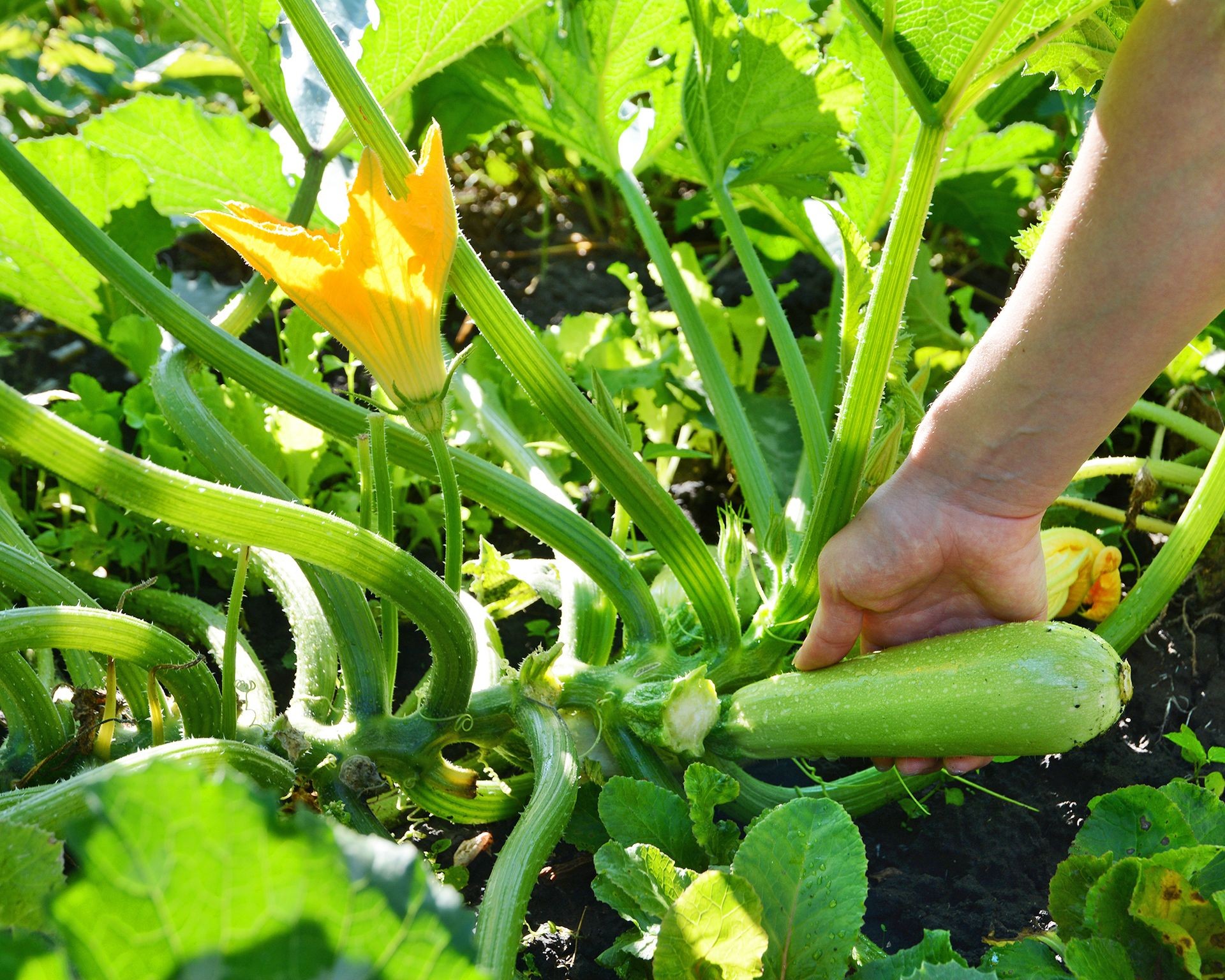 Hand gently feeling a growing zucchini on the plant, checking ripeness.
Hand gently feeling a growing zucchini on the plant, checking ripeness.
These prolific summer favorites can also be propagated from cuttings taken from new, healthy stem growth. Choose a piece just below a leaf node. Rooting is typically done in moist potting mix. With adequate warmth and humidity, you should see root development within a few weeks, indicating they are ready for a larger container or garden bed.
Cucumber
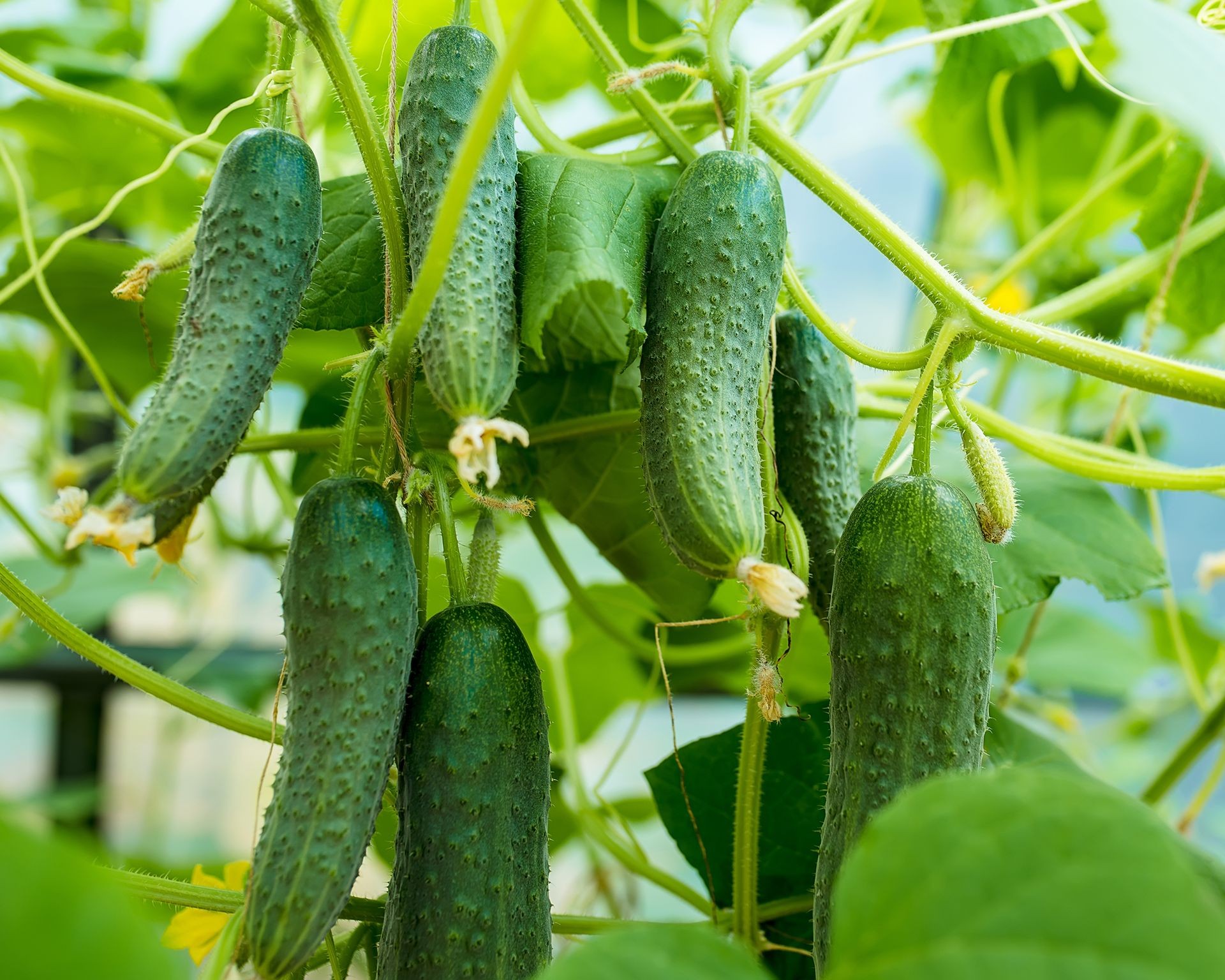 Fresh green cucumbers hanging from a vine in a garden setting.
Fresh green cucumbers hanging from a vine in a garden setting.
Cucumber cuttings tend to develop roots a bit more slowly than tomatoes or peppers, but they are still reliably propagated from healthy stems. This makes them a good candidate for taking cuttings late in the season to potentially overwinter a favorite variety indoors. Root them in moist soil and provide a warm location with bright, indirect light throughout the colder months before transplanting in spring.
Celery
Celery is a fantastic example of a vegetable that can be regrown from its base, often utilizing kitchen scraps. Simply cut about an inch or two from the base of a celery bunch. Place this base in a shallow dish of water in a sunny spot. You’ll quickly observe roots forming at the bottom and new leaves sprouting from the center. Once a good root system has developed, you can plant the base in soil, burying only the roots and original base, allowing the new growth to emerge above the surface.
Leaf Lettuce
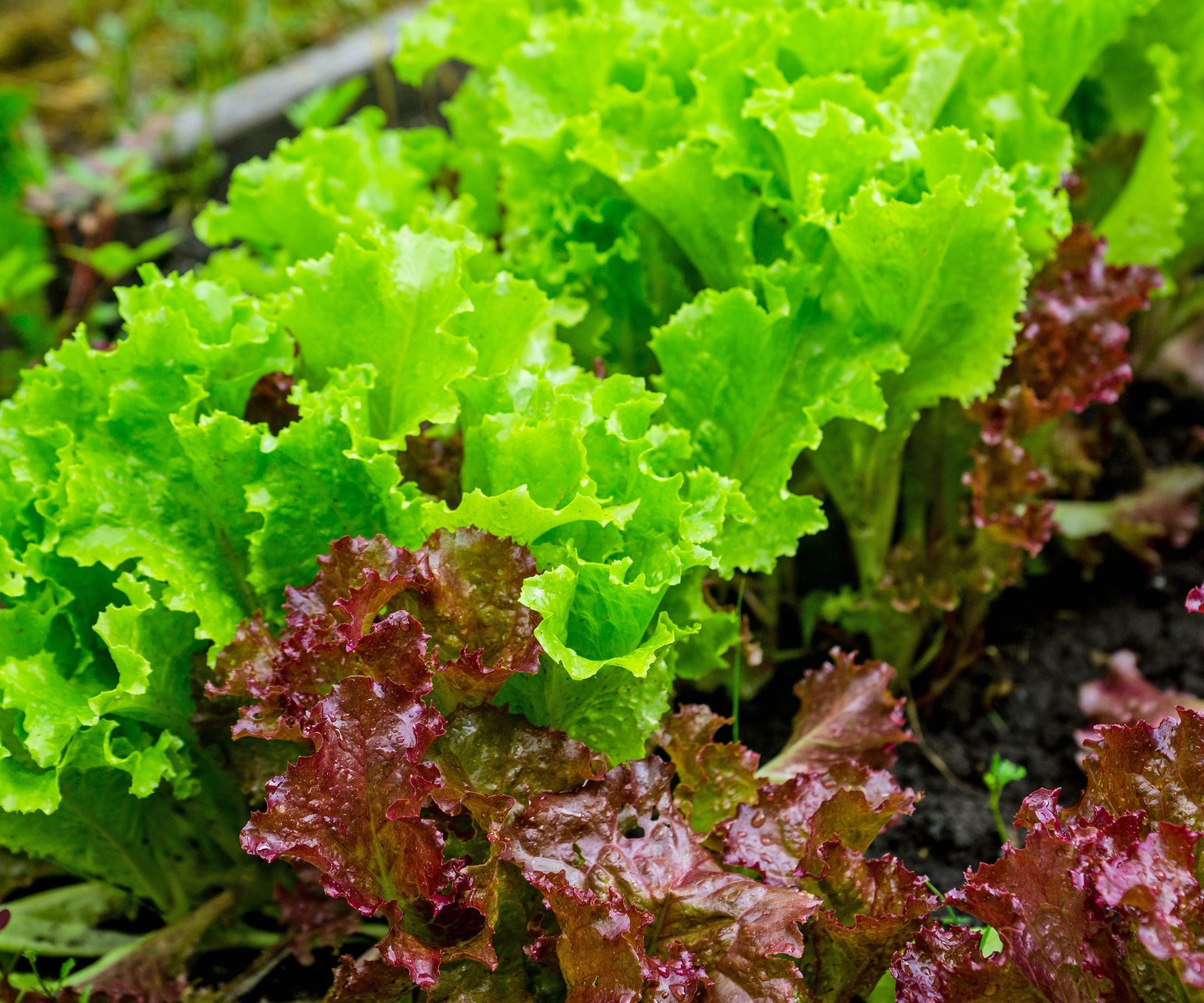 Healthy green leaf lettuce growing in a garden plot.
Healthy green leaf lettuce growing in a garden plot.
Similar to celery, many types of leaf lettuce, including romaine, can be regrown from the core. After using the outer leaves, save the central base. Place the base in a shallow dish of water. Keep the water fresh, and roots will begin to grow from the bottom, while new leaves emerge from the top. Remove any original outer leaves that begin to wilt. Once robust roots and significant new growth are present, transplant the base into soil to continue growing.
Herbs
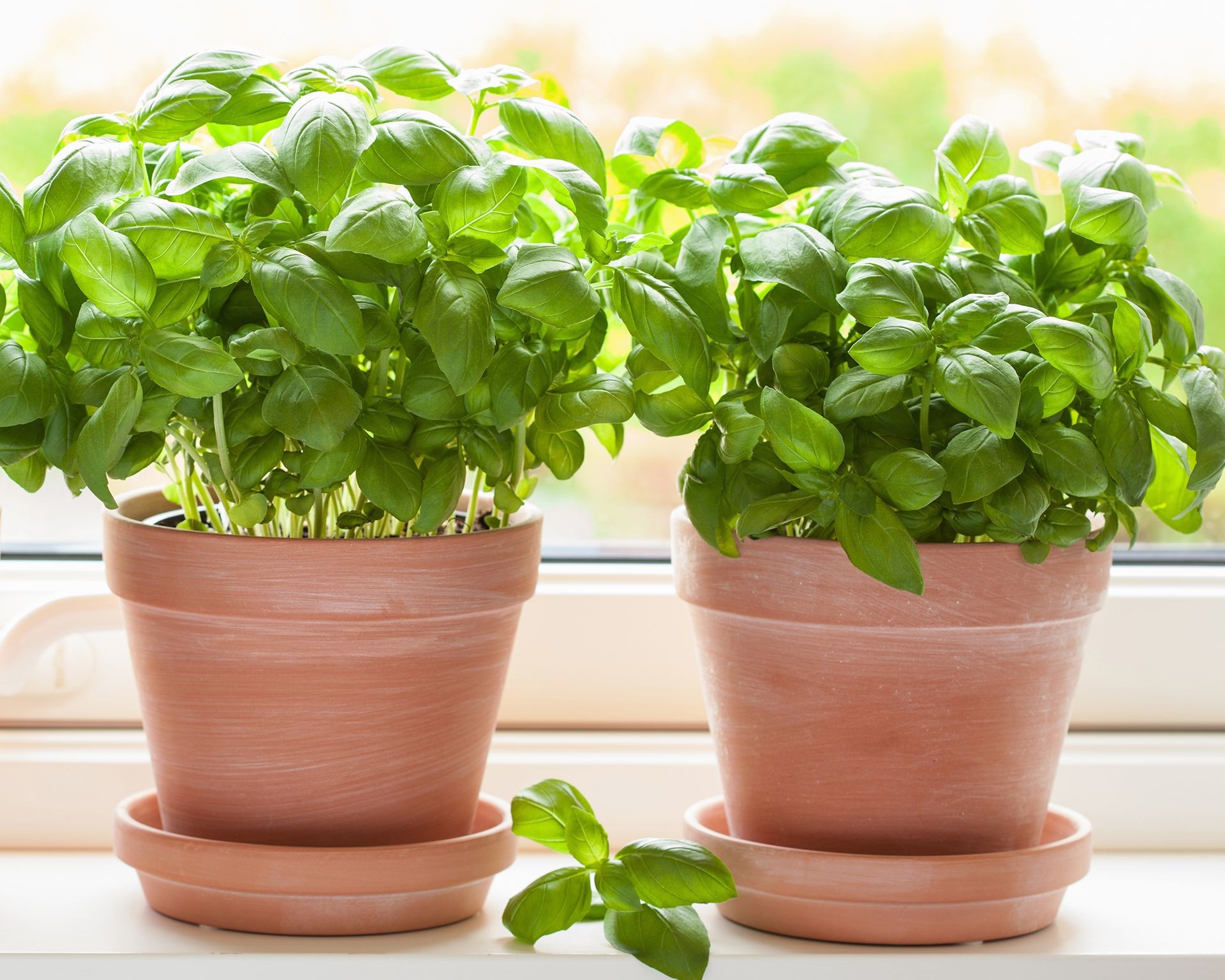 Potted basil plants growing indoors on the windowsill with sunlight.
Potted basil plants growing indoors on the windowsill with sunlight.
While not strictly vegetables, most culinary herbs are incredibly easy to propagate from cuttings and deserve mention for their utility in the kitchen garden. Herbs like basil, mint, rosemary, and oregano readily root from stem cuttings placed in water or moist soil. This is a simple way to multiply your herb supply or bring plants indoors for fresh use throughout the winter.
Onions
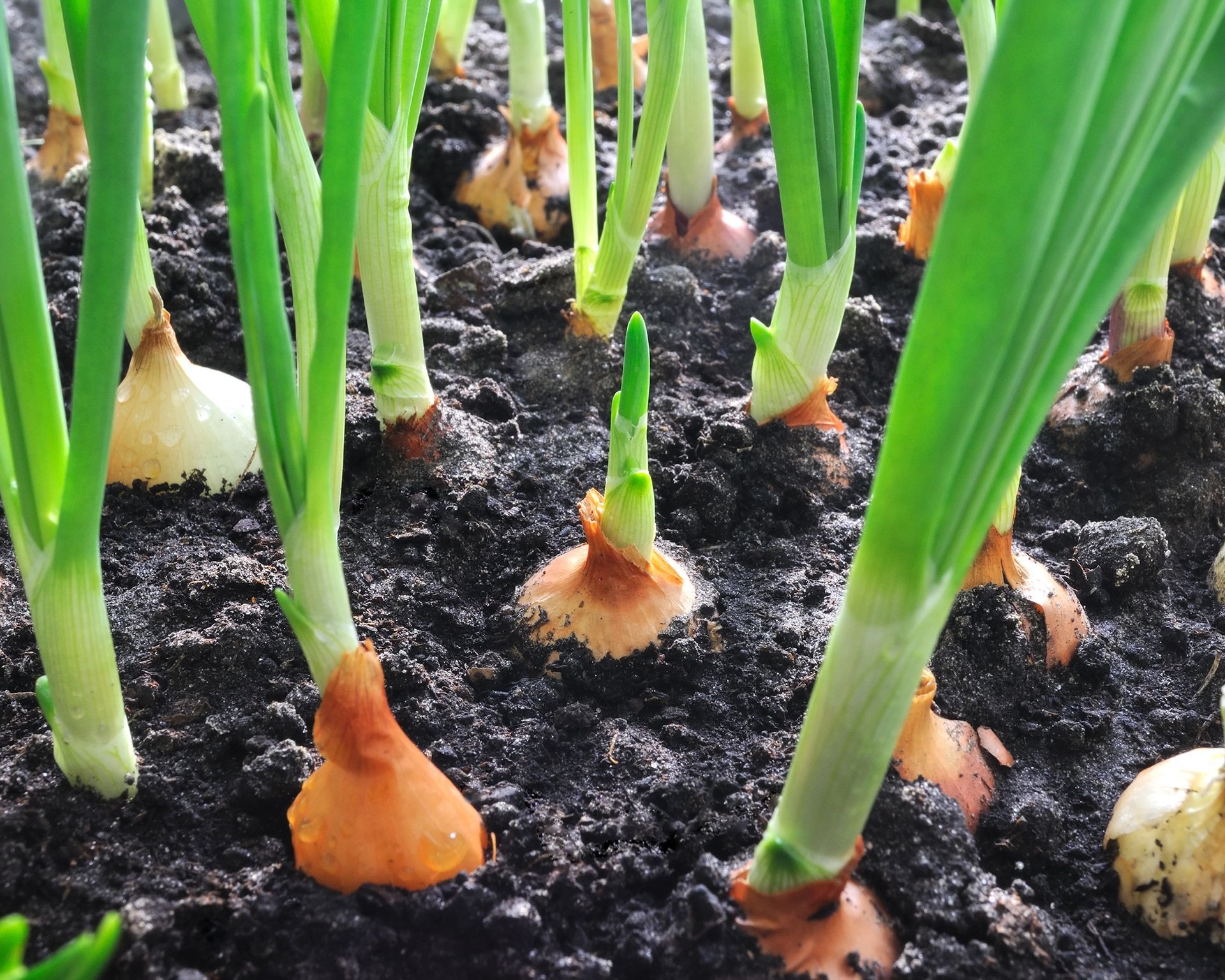 Green tops of onions visible above the soil in a garden row.
Green tops of onions visible above the soil in a garden row.
Both larger bulb onions and scallions (green onions) can be regrown from their bases, similar to celery and lettuce. For scallions, cut about an inch or less from the white base with the roots attached. For larger onions, a slightly thicker base slice will work. Place the base in a shallow container of water. Roots and new green shoots will emerge. Once a strong root system has formed, plant the base in soil to grow a new onion or a fresh batch of scallions.
Conclusion
Propagating vegetables from cuttings is a rewarding practice that aligns perfectly with sustainable and cost-effective gardening. By utilizing this simple technique, you can effortlessly multiply your favorite plants, preserve desirable traits, and extend your harvesting season, all while reducing the need to purchase new starts. Whether you’re cloning a prize-winning tomato or regrowing grocery store scraps, the ability to turn a cutting into a thriving new plant feels like garden magic.
Ready to give it a try and fill your garden with abundance? Explore the resources and quality gardening products available at Biogarden.Asia to support your propagation journey. Happy propagating!



